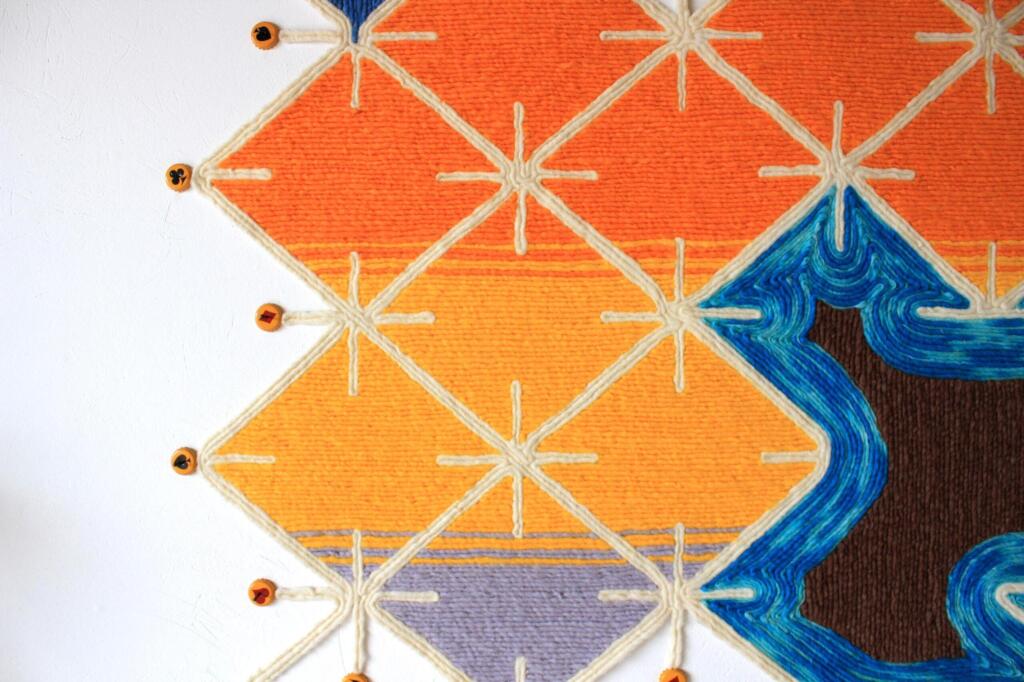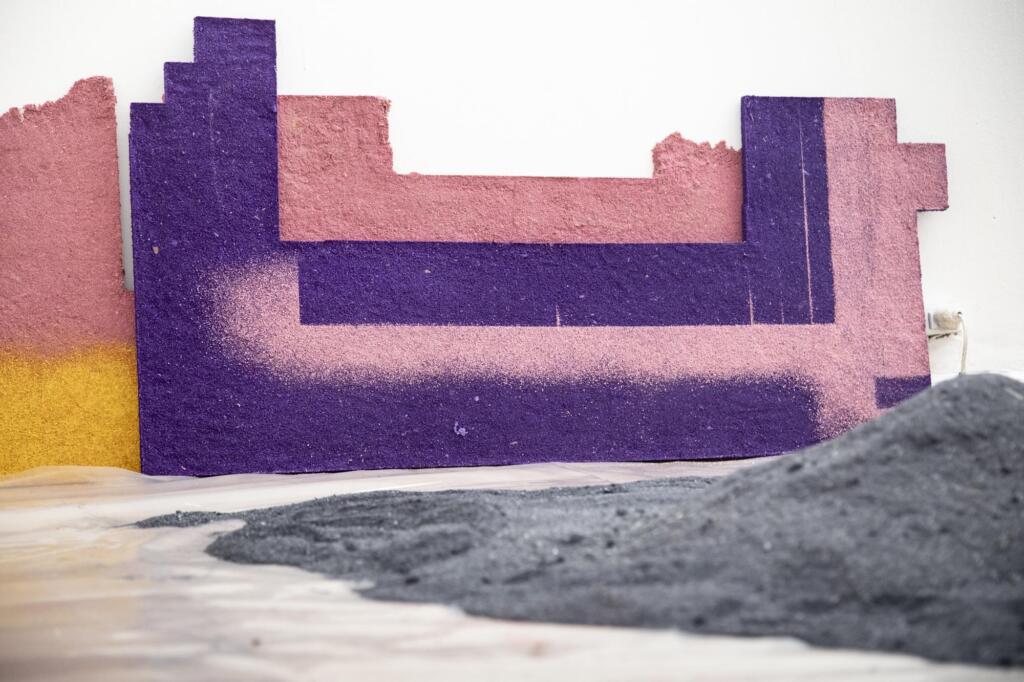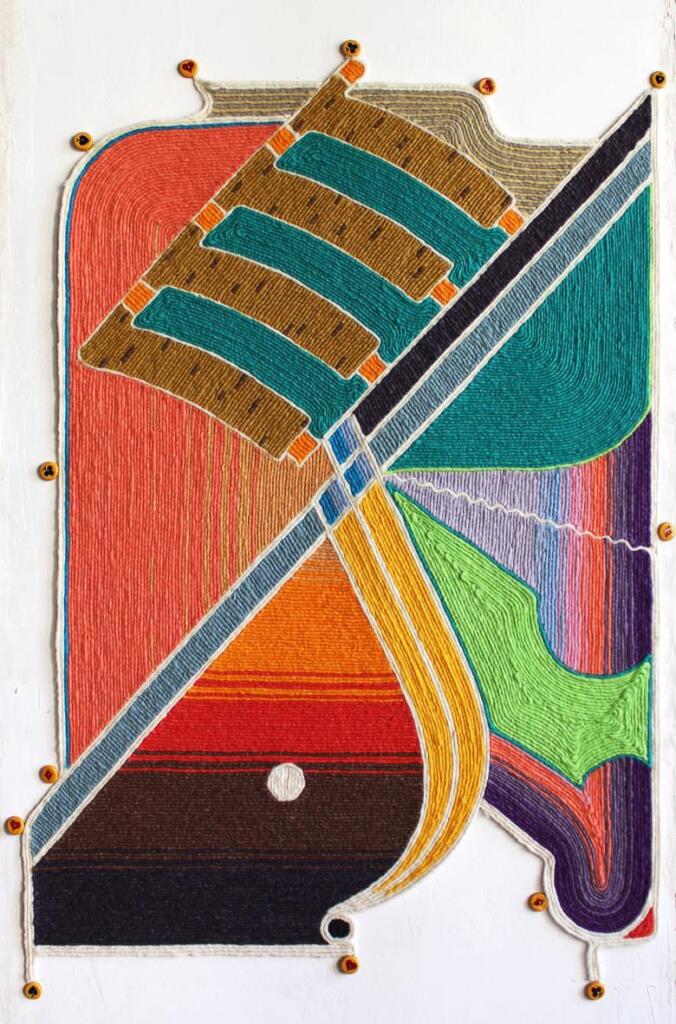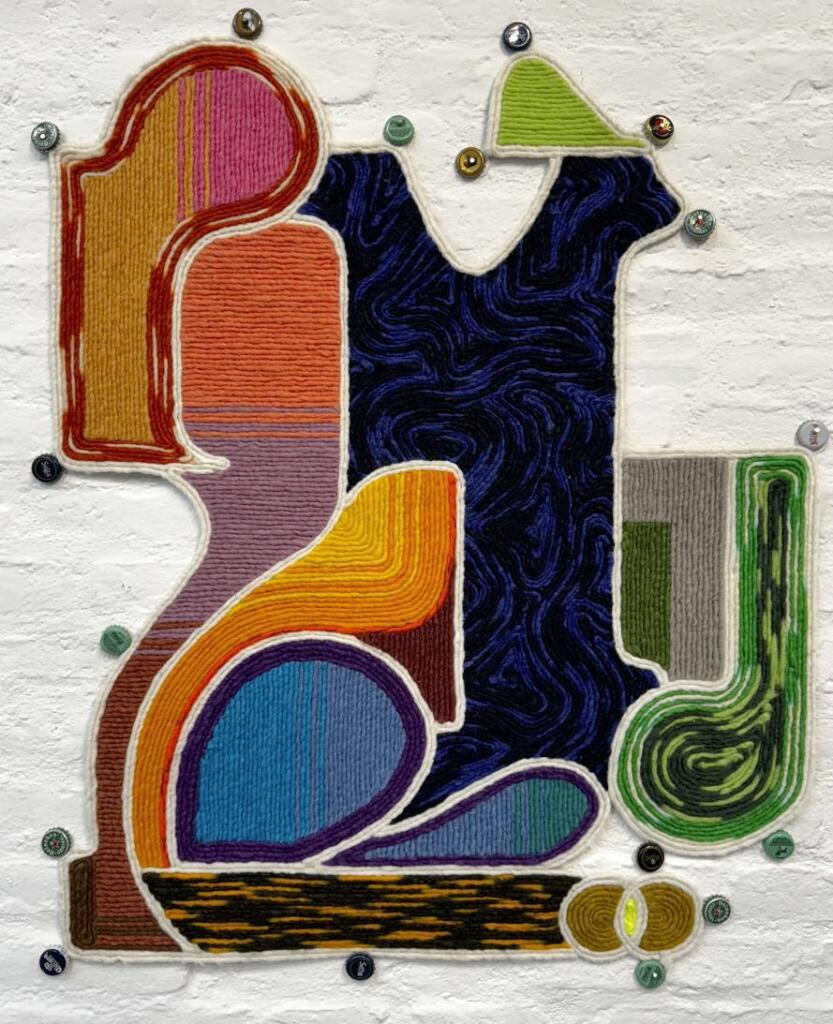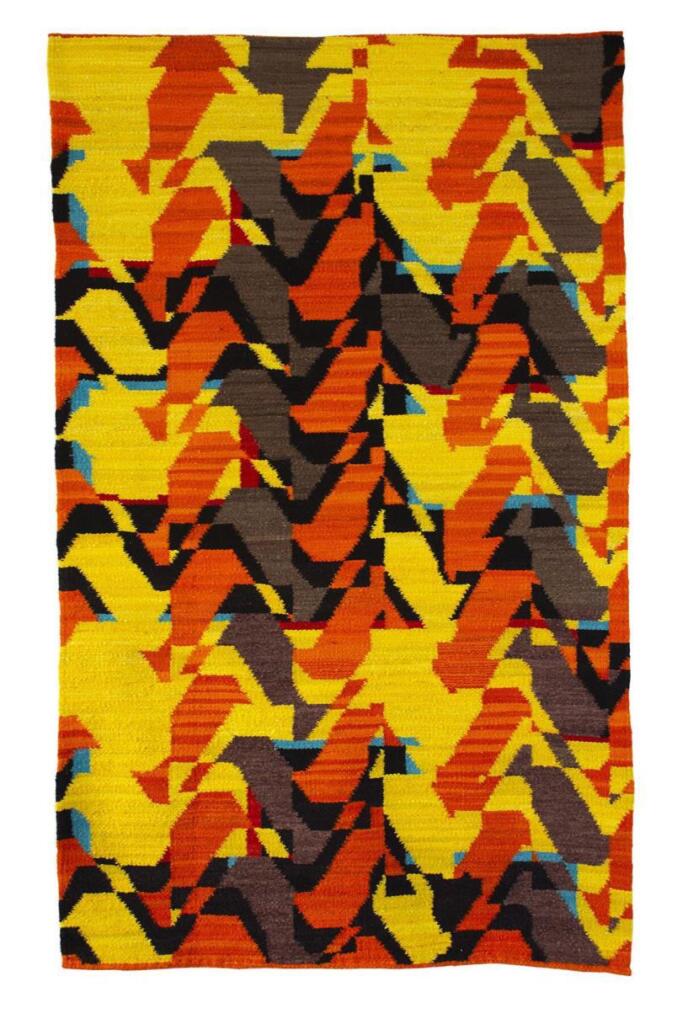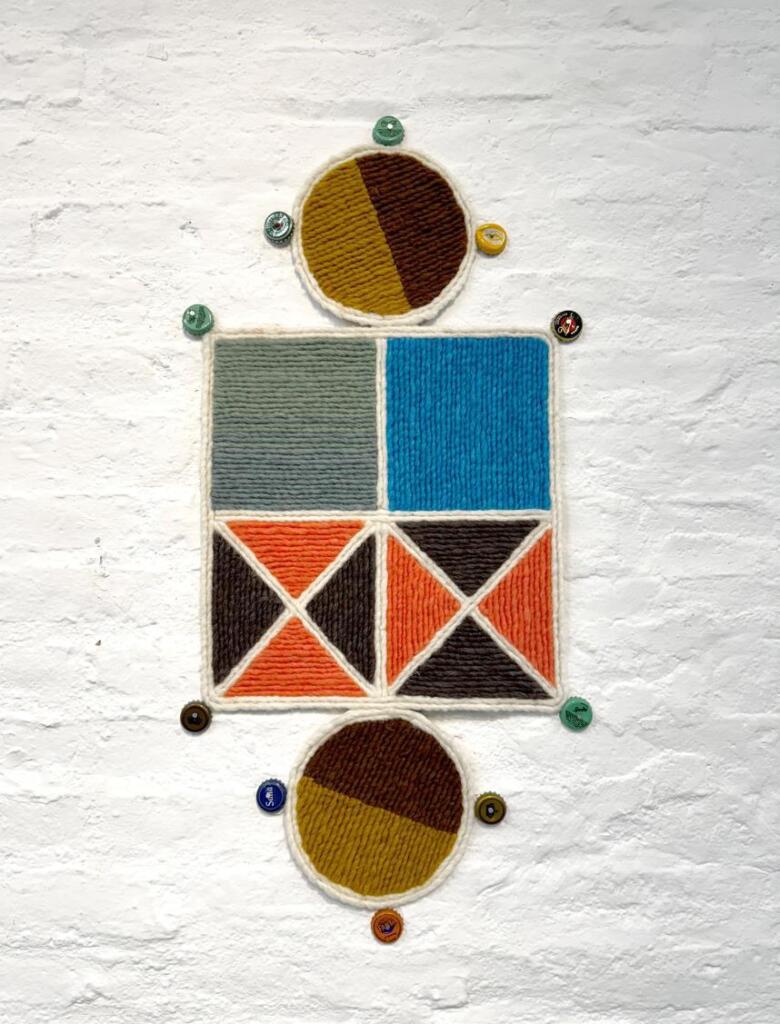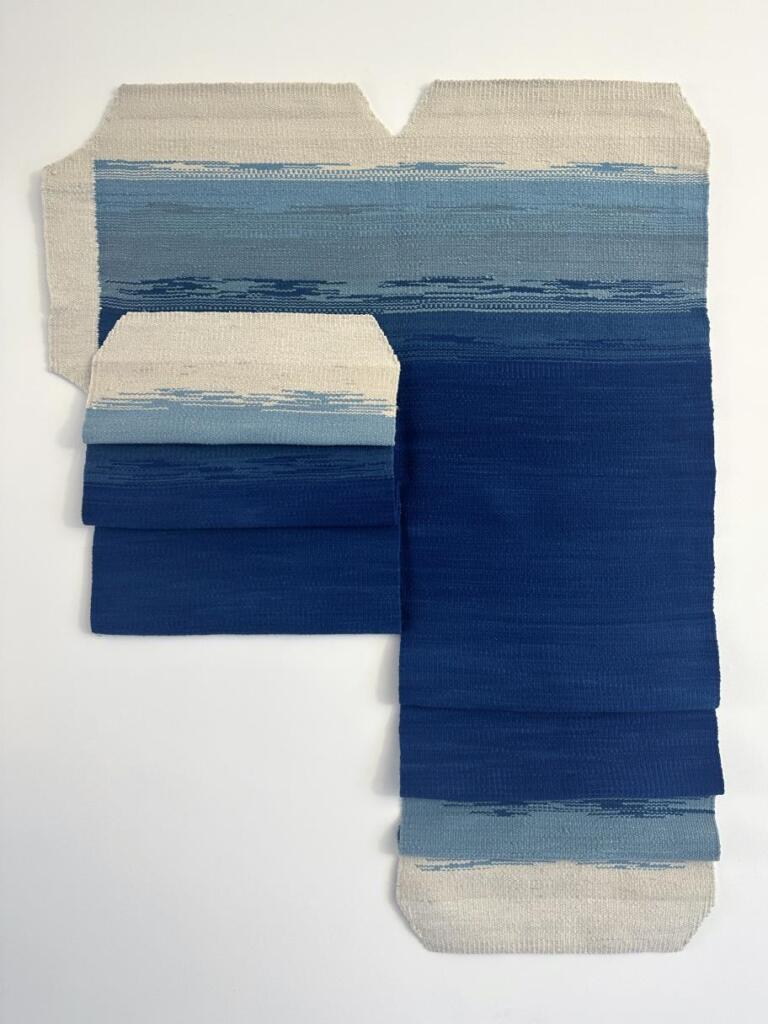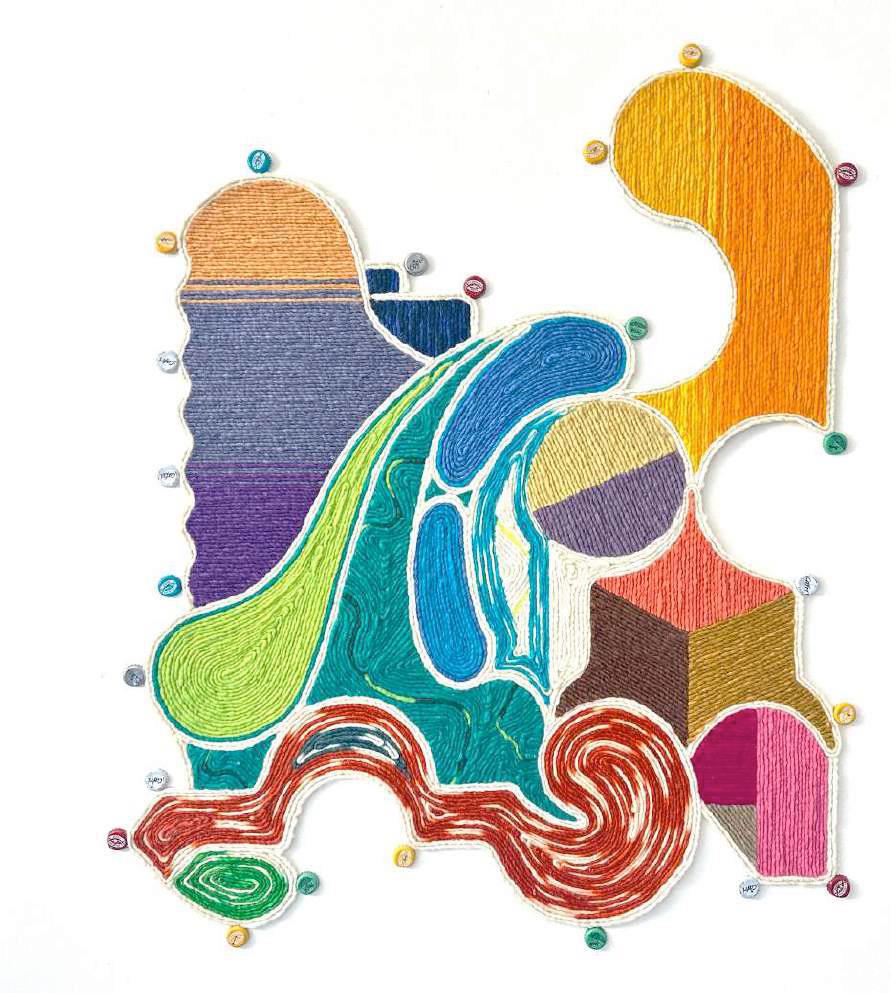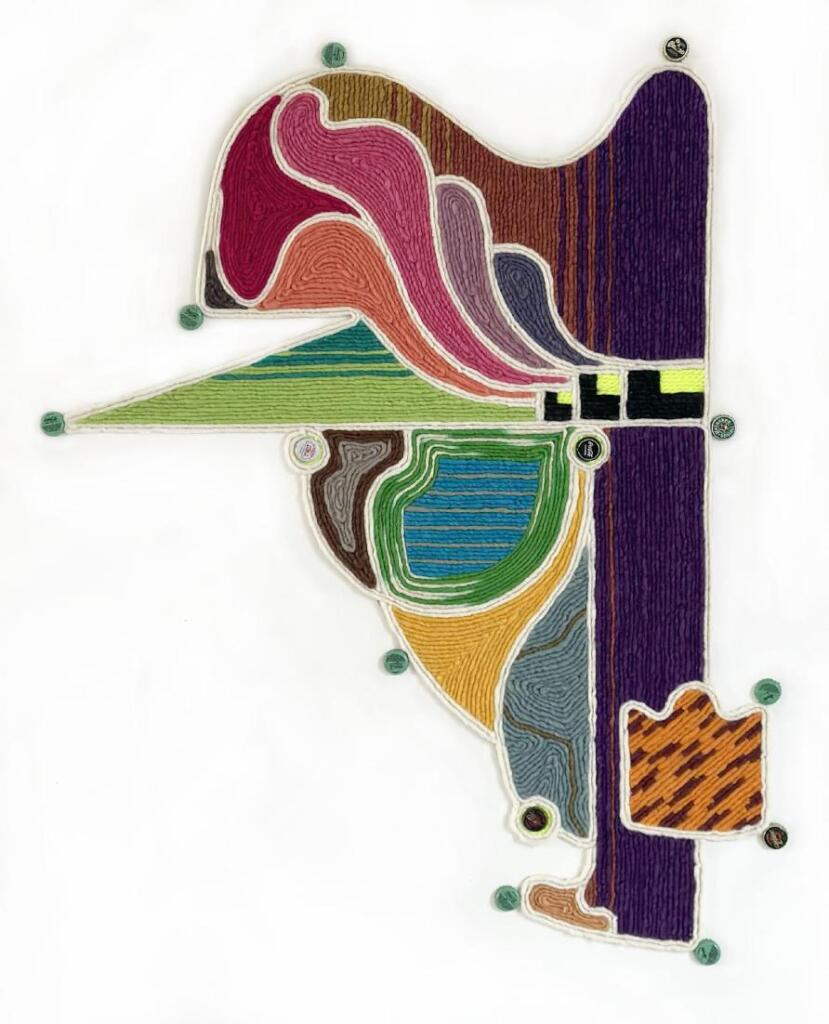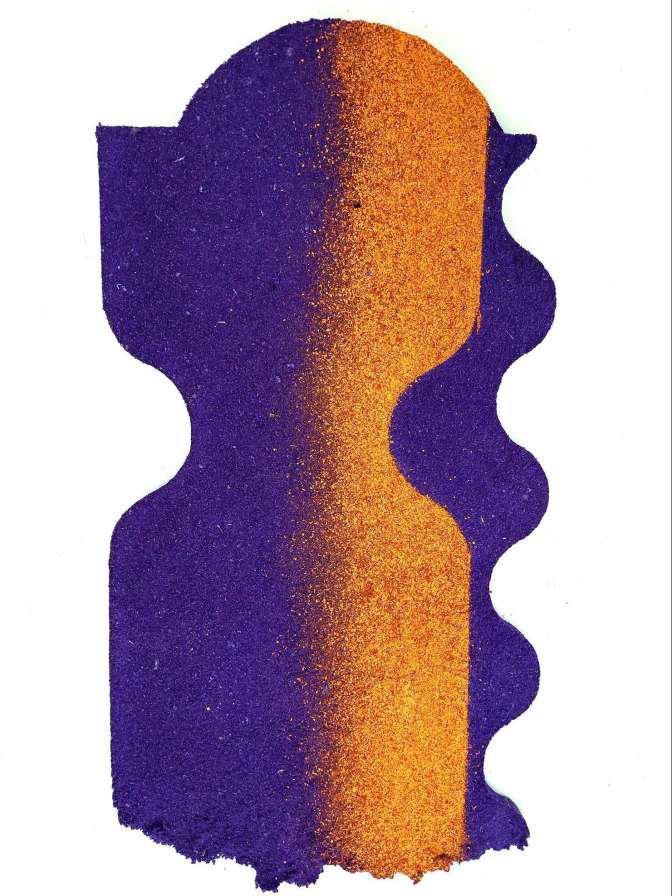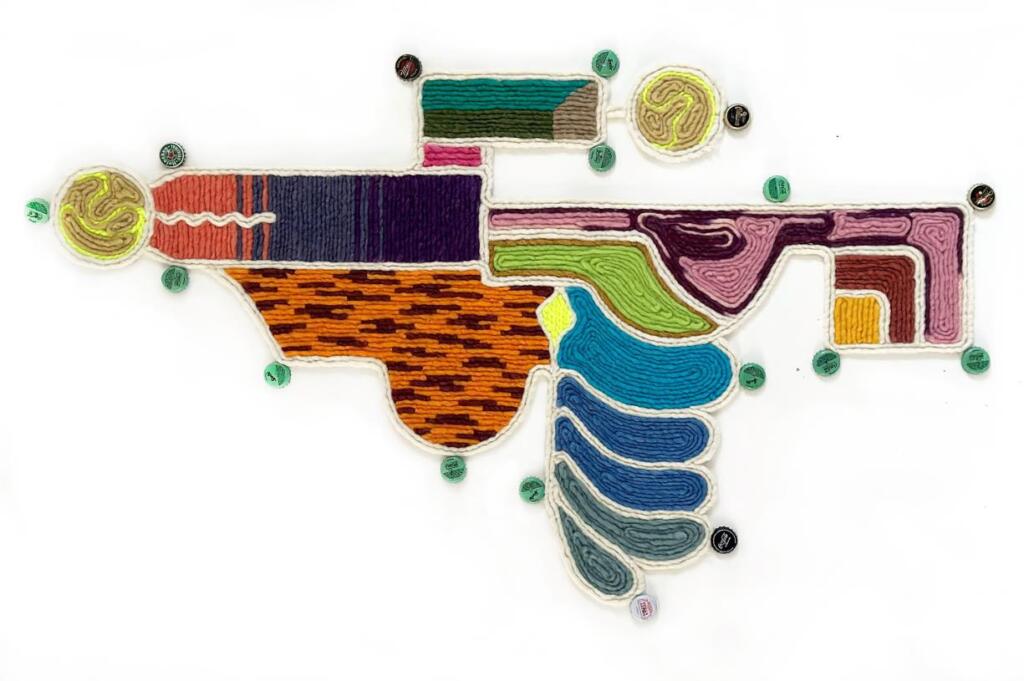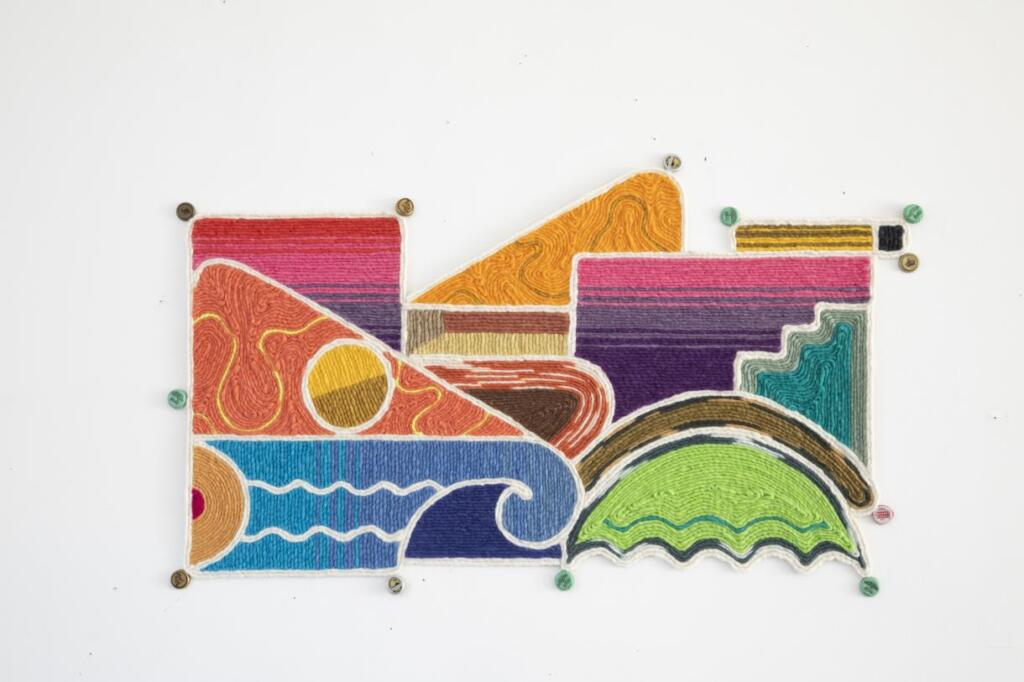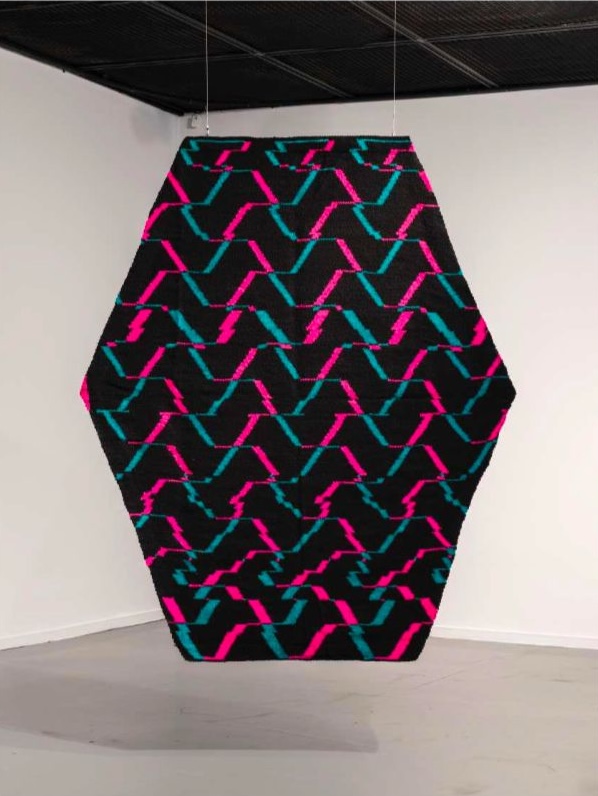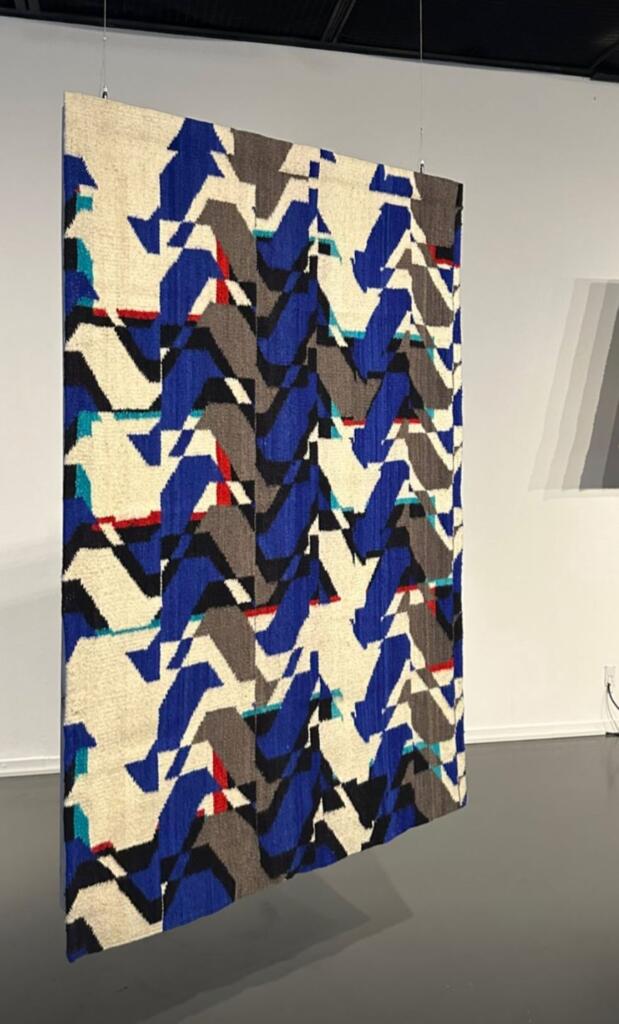In 2005, he graduated with a Bachelor’s degree in Painting from the National University of Cordoba. He lived in Mexico City where he continued his training in private workshops. In 2007, he lived and worked in Buenos Aires, attending various artist workshops or clinics. In 2009, he participated in the artist program at the Universidad Di Tella. In 2013, he traveled to Antarctica for an artistic residency organized by the D.N.A. (Direcci6n Nacional Antartida}.
In 2018, he won the first prize at the National Salon in the textile category.
From 2016 to 2019, he was selected for various international residencies: Flora in Bogota, Colombia; Jan Van Eyck in Maastricht. Netherlands; Pivo in Sao Paulo, Brazil; RAVI in Liege, Belgium.
In 2019, he won the first prize at the National Salon again, this time in the Textile category. In the same year, he co-directed the art direction for the film „Husek“ directed by Daniela Seggiaro.
In March, Argentine artist Guido Yannitto will exhibit his work at Galerie Petra Seiser following a stop in Madrid, where his Remota Galería will be featured at ARCO (Contemporary Art Fair). In Austria, Yannitto will present new works, including Something That Always Eludes Us, part of an ongoing series initiated in 2016. These pieces resemble maps or landscapes, composed of yarn applied to canvas in bright colors, often incorporating bottle caps or other found objects for hanging.
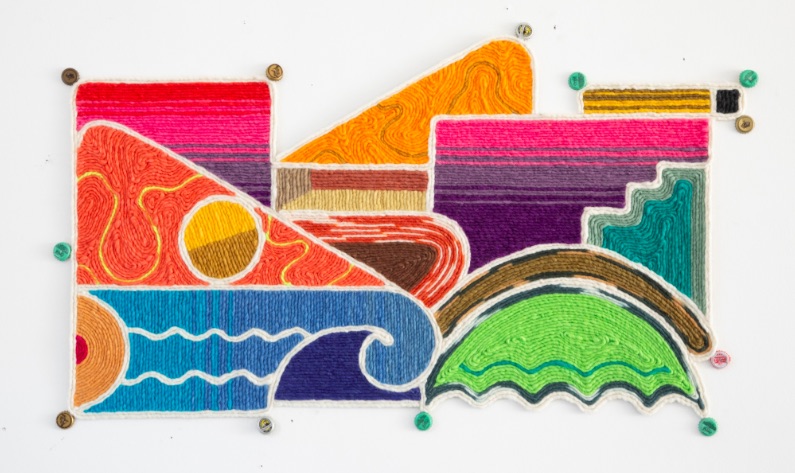
From 2005 to 2007, Yannitto lived in Mexico City before moving to Buenos Aires, where he continued his artistic training in various workshops. Since 2020, he has lived and worked in Salta, Argentina, collaborating with a group of Indigenous Wichí weavers from the Pilcomayo River region in northern Argentina. In 2022, alongside Gonzalo Elias, he co-founded Remota Galería, a gallery specializing in local contemporary art from the rural northwestern region of Argentina, near the borders of Chile and Bolivia.
Yannitto’s work can be read as a fragmentary narrative, engaging in dialogue between rural and urban communities. His textile pieces span from artisanal collaborations with Argentine weavers in Salta to computer-generated tapestries created at the Textile Museum in Tilburg, Netherlands.
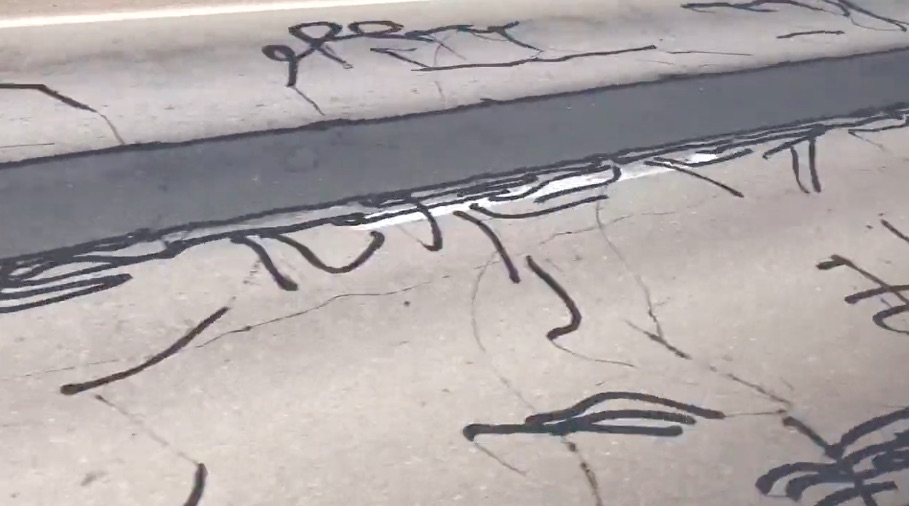
Roads and maps appear frequently in his work. For example, in Buscar Aquí (Search Here), he documents the long journey between Buenos Aires and Salta—a 1,200-kilometer stretch of monotonous landscape. The video captures cracks in the pavement, filled with tar, appearing like nervous, fast-moving snakes. Along the road’s margins, arid land and occasional tufts of green weeds interrupt the barren scene. This animation parallels the act of weaving, emphasizing repetition and linear continuity.
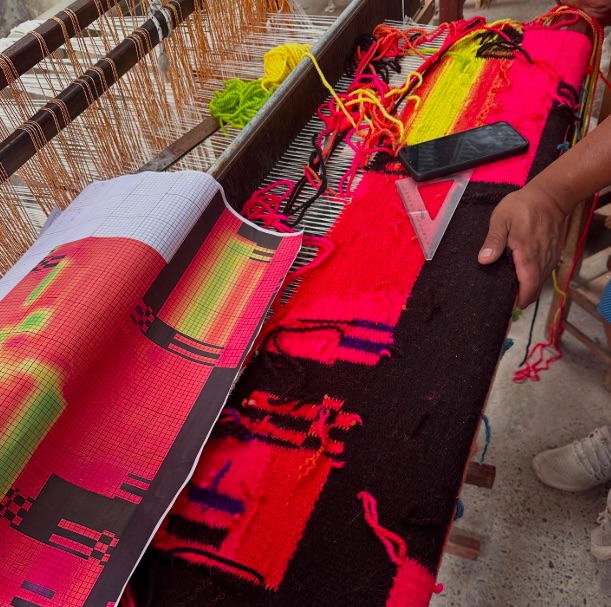
Many of Yannitto’s works feature abstract forms, often derived from ancestral textile designs modified through digital filters or computer intervention. A central theme in his practice is the representation of water across different cultures. Yannitto is one of the few artists exploring the cultural significance of traditional textiles, bringing ancestral motifs into contemporary formats and designs. But what led him to adopt textiles as his primary medium—one that requires technical precision, patience, material knowledge, and a shift from individual ego to collaborative creation?
The answer may lie in one of Yannitto’s exhibition installations: „Thursday, 17 Hours, Chairs Inverted and Hanging from the Ceiling, Joined by a Long Skein of Wool.“ This moment marks Yannitto’s weekly meeting with Rodrigo García Bes, son of the renowned Argentine artist García Bes (1914–1978), who dedicated his life to tapestry. Yannitto recalls, “We got together with Rodrigo to review the García Bes archive, which is quite messy, to make a book about his work. While living in Mexico, I was exposed to many textiles in Oaxaca, which reminded me of García Bes’ work. Our families were friends and neighbors, and as a child, I played with his grandchildren, spent time in his workshop, and saw his tapestries.”
Yannitto’s exposure to diverse textile traditions across South America, particularly in his province and in García Bes’ workshop, profoundly influenced his artistic path. He approaches collaborative work with artisans with deep respect, incorporating elements of traditional craftsmanship into his practice. Some of his recent textiles echo serapes—traditional Mexican blankets characterized by bright colors and striped motifs—while others remain rooted in the techniques of local artisans. Much of his imagery derives from maps depicting borders or bodies of water.
Like García Bes before him, who sought to revitalize Indigenous American traditions by preserving their forms and spatial narratives, Yannitto’s dedication to tapestry is a deliberate act of cultural identification. Through his work, he aims to sustain these craft traditions while integrating contemporary visual language and ideas.
(Michael Hall)
